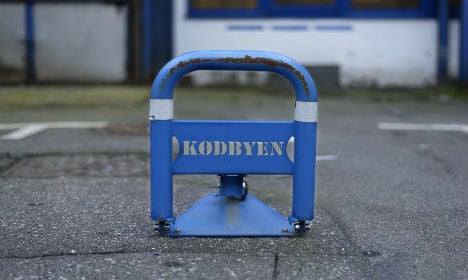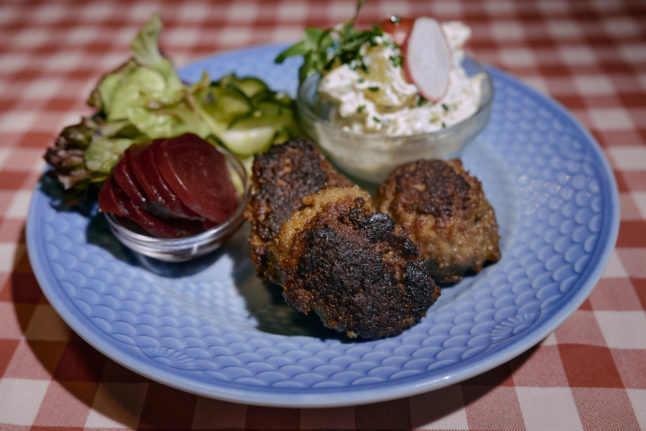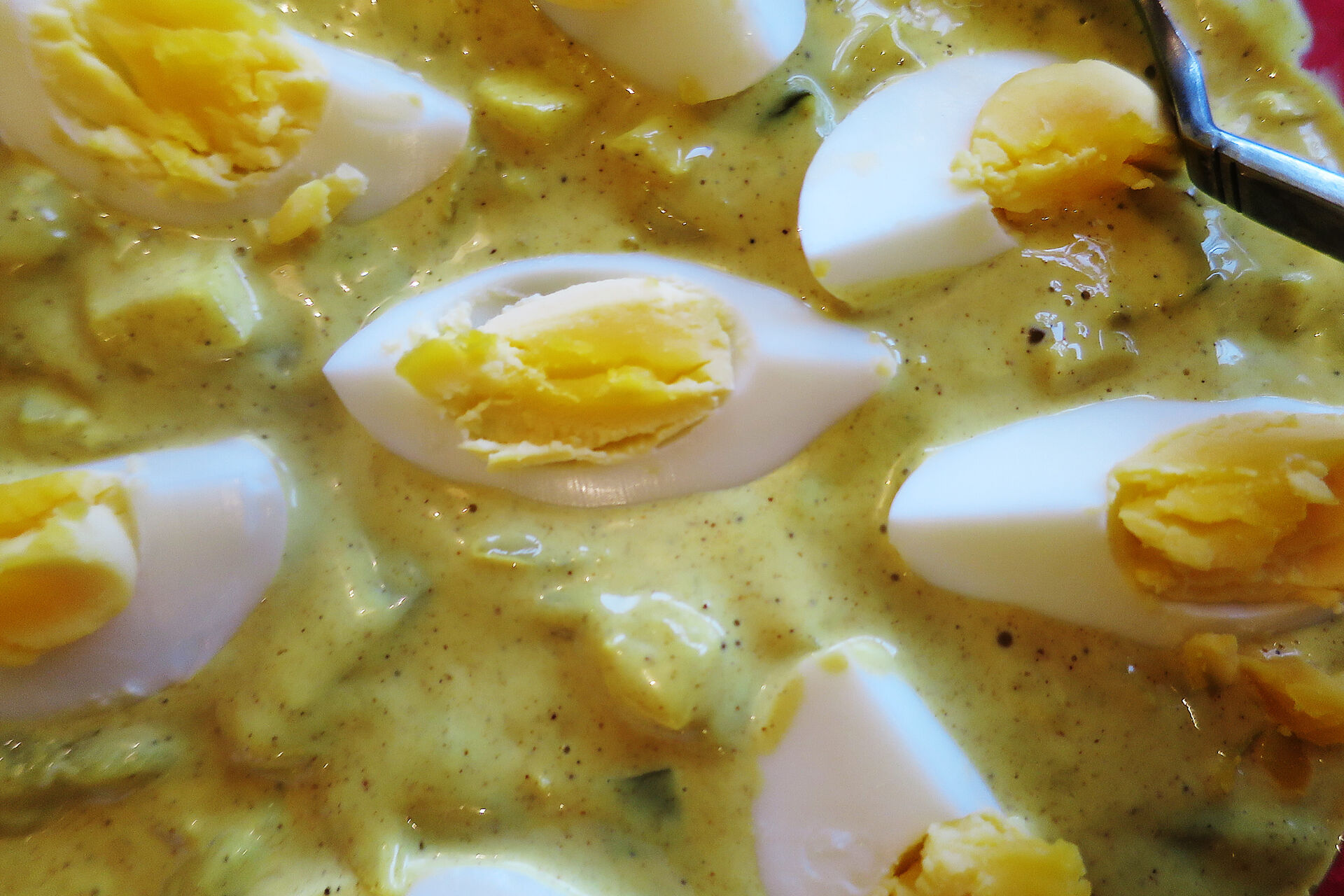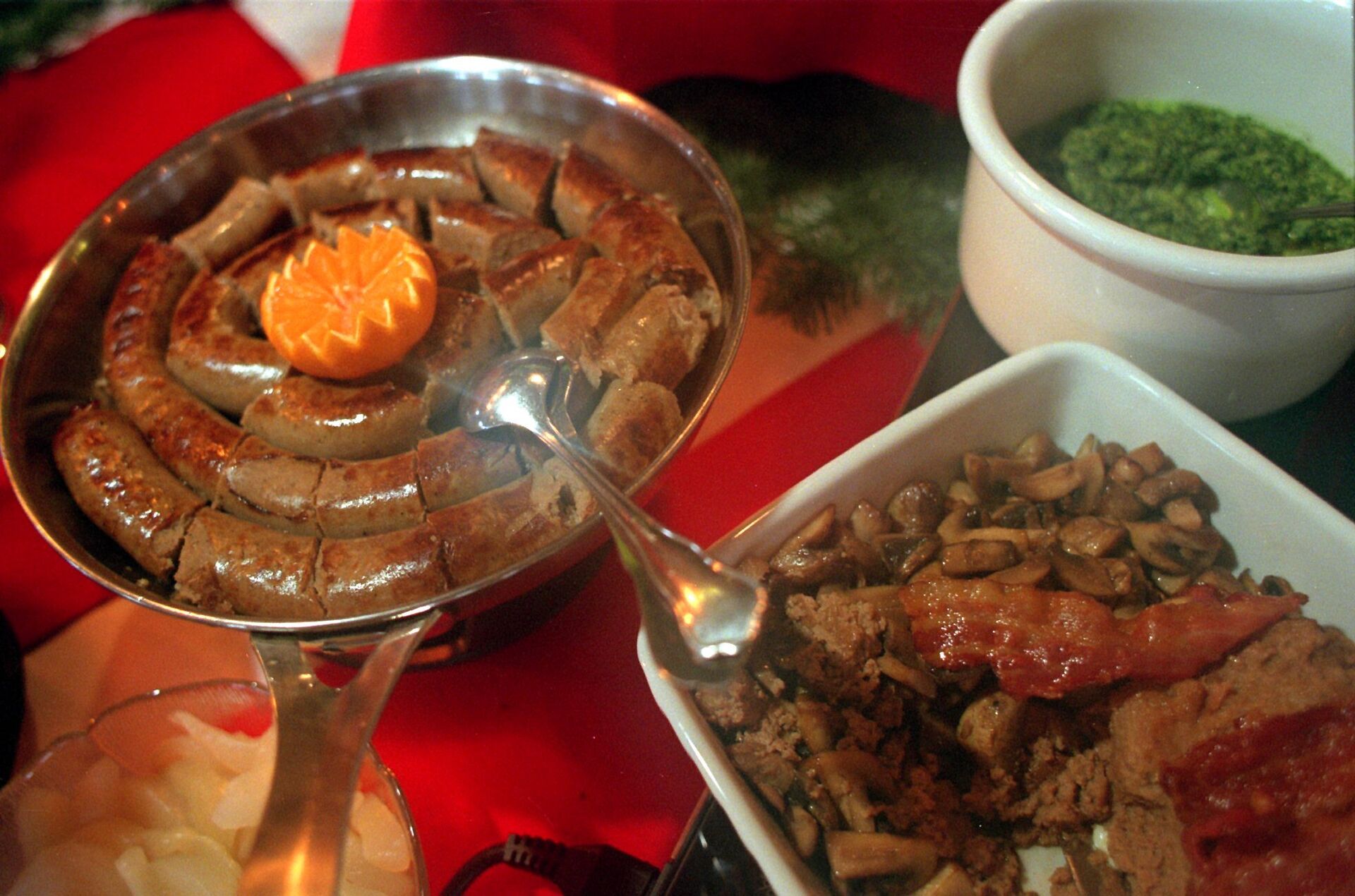Now it’s here: Copenhagen’s new food market in the hip Meatpacking District in Vesterbro. At the opening weekend, you can sample food from 62 stalls representing all corners of the world.
The new 1,400-square metre market “Kødbyen Mad & Marked” is located in one of the city’s hippest areas: Kødbyen in Vesterbro, where the parking lot at Flæsketorvet now has been converted into an open-air market.
It follows the success of Torvehallerne, which opened in September 2011 near Nørreport Station, and Copenhagen Street Food, which opened in April on Papirøen.
If you are in Copenhagen this weekend, you will be able to attend the grand opening on Saturday April 4th from 10-18:00 as well as on Sunday April 5th. For the rest of the summer, the market will be open every Saturday as well as the first Sunday of each month until September.
Fresh food and sharp prices
With all the different food offers in Copenhagen, which in many ways have popped up as a direct or indirect result of the city’s world-class restaurant Noma, one may wonder what is different this time?
There is a difference, however, the people behind Kødbyen Mad & Marked told Politiken. Keywords are fresh and affordable food – for everyone.
“The goal is to create a market that a single mother and a student will afford to visit every weekend,” Simon Bacon Kullegaard (28) told Politiken.
Kullegaard is one of the three founders of the market. The other two are his friends Christian Lundgaard Astorp (28) and Jacob Uhd Jepsen (42).
The new market will focus on “produces and food that you can feel, taste and smell,” according to its homepage. It will offer coffee, lunch and street food and fresh ingredients for your dinner at home.
Among the food the stalls offer are biodynamic meat, wine, eggs, sausages, bread … For a complete overview of this weekend’s stalls, visit the market’s homepage.
You can rent a stall for 625 or 750 Danish kroner.
Not Brick Lane or La Boqueria
For the past six months, the food-trio has visited food markets in London, Germany and the US and worked hard to persuade the municipality as well as food producers that this market is a good idea.
Although they have been inspired by markets elsewhere, however, they emphasise that this market will be one of a kind.
“One should not think that this is the Brick Lane Market or La Boqueria in Barcelona when visiting the market. One should think that this market has its own identity,” Kullegaard told Politiken.
Farmer’s Market in Denmark
The idea is to create something that resembled the Farmer’s Markets in the US and England. It has been difficult, however, to persuade the busy Danish farmers to set aside time and come to town to sell their products. The founders, however, are happy that they have succeeded in persuading quite a few to be part of the new market.





 Please whitelist us to continue reading.
Please whitelist us to continue reading.
Member comments